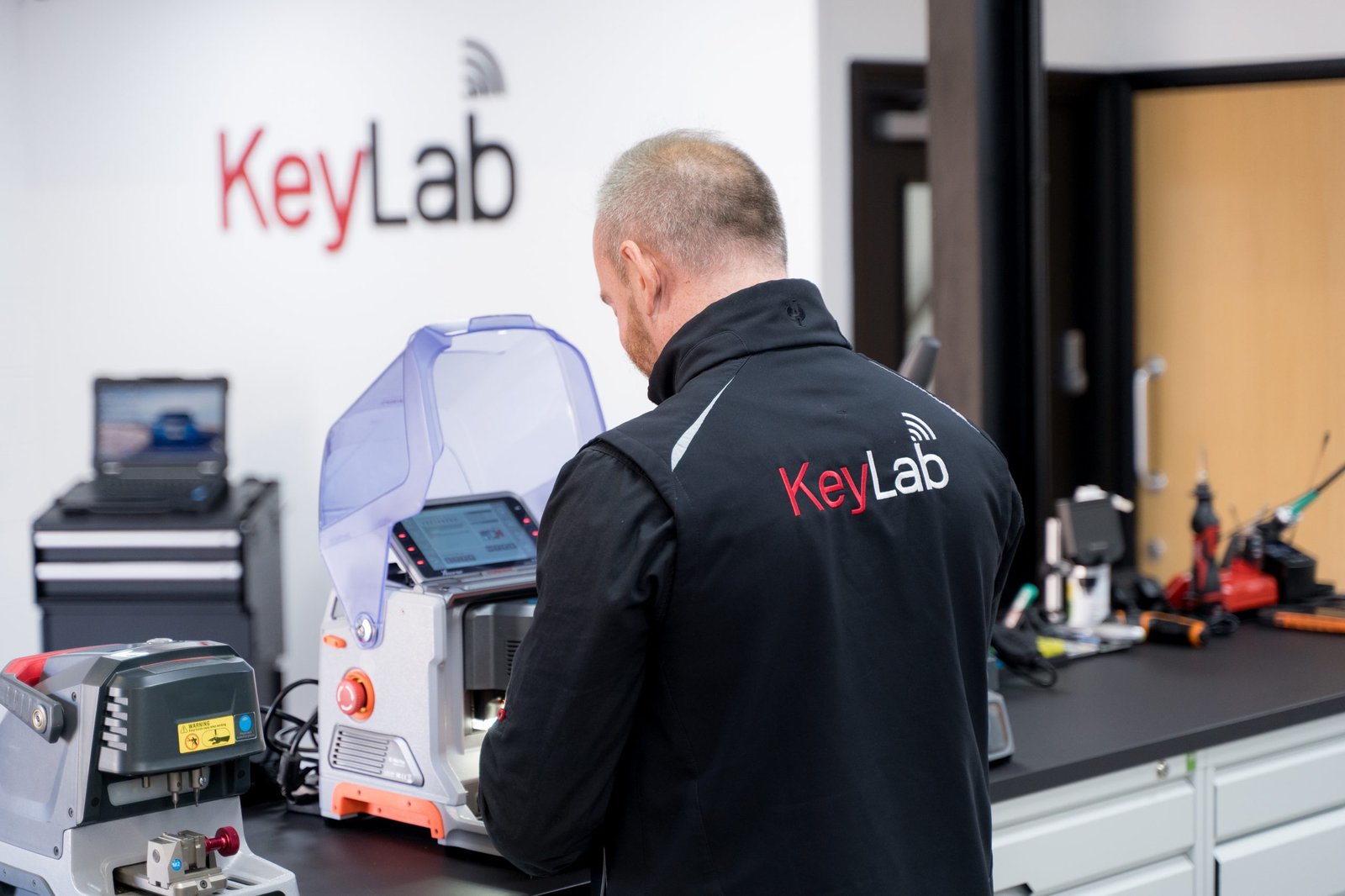Key Replacements: An In-Depth Guide to Understanding and Implementing Effective Substitutions
Intro
In the world of numerous markets-- from vehicle to innovation-- the term "key replacements" represents the practice of substituting a stopping working or inadequate part with a new or enhanced variation. Comprehending key replacements is important for preserving functional effectiveness, improving productivity, and ensuring safety. This short article looks into the various aspects of key replacements, exploring their value, execution strategies, and typical questions surrounding the topic.
What Are Key Replacements?
Key replacements refer to the procedure of replacing an important component within a system, device, or machinery that is essential to its performance. These replacements can happen in multiple sectors, including automobile, technology, and even human resources. By proactively identifying and replacing crucial parts, organizations and people can avoid system failures, maintain efficiency, and enhance security.
Importance of Key Replacements
The significance of key replacements can not be overstated; they serve different functions that contribute to the general effectiveness of systems. Some of their critical functions consist of:
- Preventing System Failures: Key replacements help avoid catastrophic failures by attending to damaged or malfunctioning components before they produce considerable issues.
- Enhancing Performance: Upgrading to more recent components can boost system efficiency, causing better output and efficiency.
- Cost-Efficiency: Effective replacements can reduce repair work costs, lengthen the life-span of the whole system, and ultimately conserve money.
- Security Assurance: In sectors like automobile and equipment, key replacements guarantee that security requirements are kept, minimizing dangers to workers and users.
- Compliance: In managed markets, timely replacements may be a legal requirement to meet safety standards.
Key Replacement Strategies
Executing key replacements effectively requires a tactical approach that aligns with the functional objectives of a company. Below are numerous methods to consider:
1. Regular Maintenance and Inspections
Carrying out routine upkeep and examinations can assist identify components that may require replacement before they stop working. A well-defined maintenance schedule need to include:
- Visual Inspections: Check for noticeable signs of wear or damage.
- Efficiency Monitoring: Track the performance of key components.
- Use Analysis: Keep records of how typically a component is used, which can predict wear patterns.
2. Data-Driven Decision Making
Using data analytics can assist companies make informed choices relating to when to replace key elements. Carrying out systems for information collection can result in:
- Predictive Maintenance: Identifying possible failures before they take place utilizing historic information.
- Expense Analysis: Evaluating the cost ramifications of repairing versus replacing elements.
3. Cooperation with Suppliers
Developing strong relationships with suppliers and producers makes sure access to quality parts and timely replacements. Appropriate cooperation can lead to:
- Favorable Terms: Negotiating much better costs and terms.
- Quality Assurance: Gaining self-confidence in the quality and dependability of replacement parts.
4. Training and Education
Educating and training staff members included in the replacement procedure can considerably boost performance. Providing info on best practices and brand-new innovations can assist make sure:
- Maximized Efficiency: Employees understand the ideal approaches for replacing components.
- Decreased Errors: Minimized risk of errors throughout the replacement process.
Kinds Of Key Replacements Across Industries
Key replacements differ across industries, each with its specific components and practices. Below are some typical types in various sectors:
Automotive Industry
| Element | Replacement Reason |
|---|---|
| Engine Oil | Avoid wear and enhance efficiency |
| Brake Pads | Make sure safety and responsiveness |
| Tires | Improve traction and fuel efficiency |
Innovation Sector
| Part | Replacement Reason |
|---|---|
| Tough Drives | Boost information gain access to speed |
| Batteries | Bring back device portability and functionality |
| Circuit Boards | Enhance gadget dependability and durability |
Manufacturing
| Part | Replacement Reason |
|---|---|
| Conveyor Belts | Keep operational effectiveness and safety |
| Safety Guards | Uphold health and wellness compliance |
| Bearings | Minimize friction and help with smooth operation |
FAQs About Key Replacements
1. What is the most crucial reason for replacing key elements?
The most important factor for changing key parts is to make sure system reliability and security, avoiding failures that might lead to pricey downtimes or unsafe scenarios.
2. How often should I think about key replacements?
Key replacements ought to be considered based on the particular component's wear pattern, performance metrics, and maintenance schedule. Routine evaluations ought to figure out the appropriate periods for replacements.
3. What should I do if I am uncertain about an element's condition?
If uncertain about a component's condition, it is a good idea to carry out a thorough inspection, review performance information, and seek advice from with professionals or producers for specialist guidance.
4. Is it better to repair or replace a key component?
The choice to fix or replace a key element depends upon cost-effectiveness, dependability, and long-term advantages. Frequently, Car Keys Replacement may be more viable when thinking about life expectancy and efficiency metrics.
5. Where can I find trusted replacement parts?
Reliable replacement parts can usually be discovered through authorized dealers, reputable providers, or straight from producers. Always confirm their reliability and examine reviews before acquiring.
Key replacements are an essential element in keeping functional effectiveness and security throughout numerous industries. By comprehending the significance of these replacements, executing tactical methods, and dealing with common questions, companies can make sure that their systems stay robust and trustworthy. Car Keys Replacement in innovation and data analytics will further boost the depth and precision of key replacements, continuing to drive improvements in efficacy and safety. Engaging proactively with this principle can substantially lower threats and elevate total performance in any functional context.

